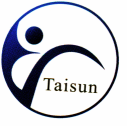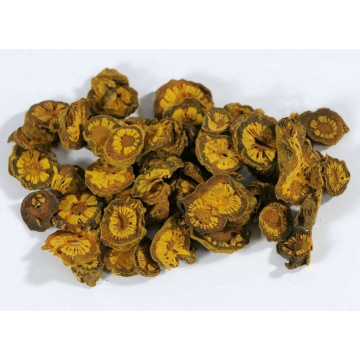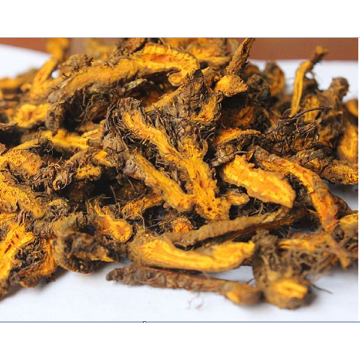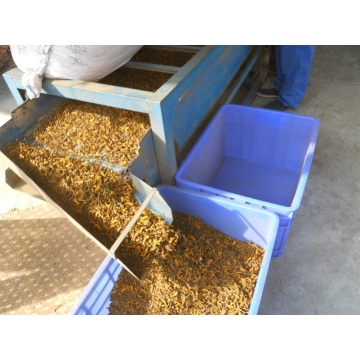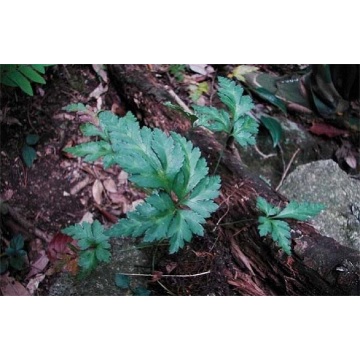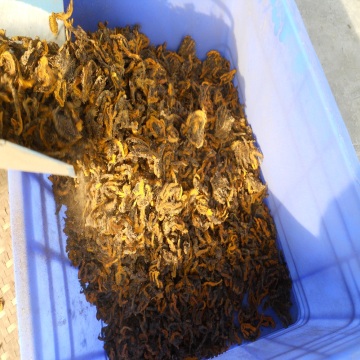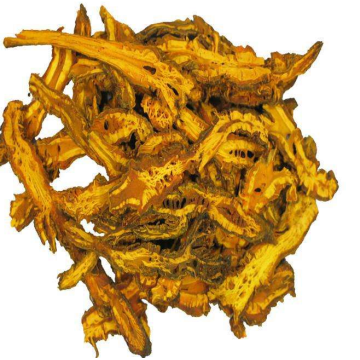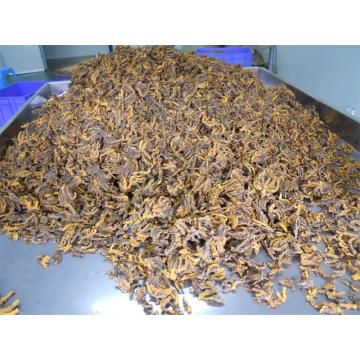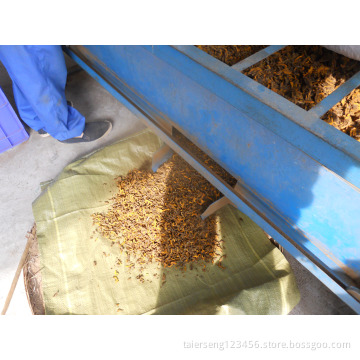
coptis root coptis herb
- Payment Type:
- L/C, T/T, D/P
- Incoterm:
- FOB, CFR, CIF, FCA, CPT
Your message must be between 20 to 2000 characters
Contact Now| Payment Type: | L/C,T/T,D/P |
|---|---|
| Incoterm: | FOB,CFR,CIF,FCA,CPT |
Shizhu Tujia Autonomous County
Chongqing Shizhu - the home of Huanglian
Chongqing Shizhu - the home of Huanglian
, Rich in rare Chinese herbal medicines, Coptis, has a reputation as the hometown of Chinese Huanglian. According to historical records, in the year 742 (the first year of Tang Tianbao), Shizhu "had ten pounds of Coptis Rhizome and 100 herbs of wood medicine." In the 10th to 13th century (Northern Song Dynasty), the General Geography of "The Peaceful Tai Yu Ji" contained: "The five counties of Linzhou, Lindu, Fengdu, Dianjiang, Nanbin and Guixi, the indigenous bitter herbs, and Huanglian ...". When the state led five counties, only the Southern Bin (now Shizhu) County produced Coptis. About 1360 (the end of the Yuan Dynasty and the beginning of the Ming Dynasty) began artificial cultivation began [2]. In 1775 (40 years of Qing Emperor Qianlong), "Shi-Zhuo Zhi Zhi," said: "The medicinal properties are widely produced, especially the berberine, and the Jia-Chang exchanges are endless." In the period of the Republic of China in the early 20th century, the annual output of Shizhu Huanglian was 4,000. In 1934 (the 23rd year of the Republic of China), the Bank of Sichuan compiled the "medicinal materials of Sichuan Province": "Weilian, only family species, produces stone columns exclusively". In 1959, "The History of Coptis" in "Journal of Sichuan Medical College" said: "The wild species of Emei and Hongya are well-known in the world, and the quality of stone pillar cultivation is good, and the output is national." In the first session of the Chinese Academy of Chinese Medicinal Herbs Symposium in 1989, Coptis chinensis was identified as Coptis chinensis.
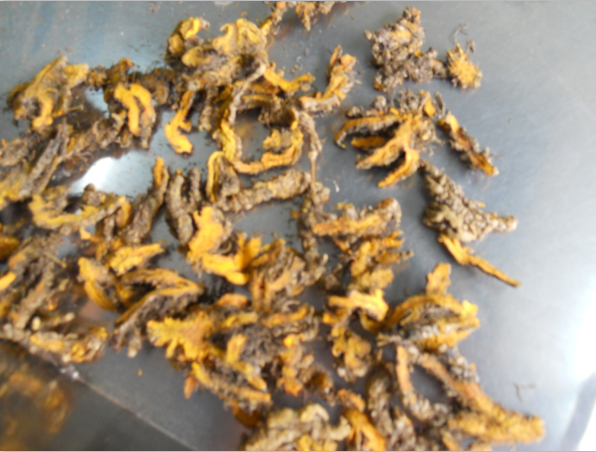
Related Keywords

